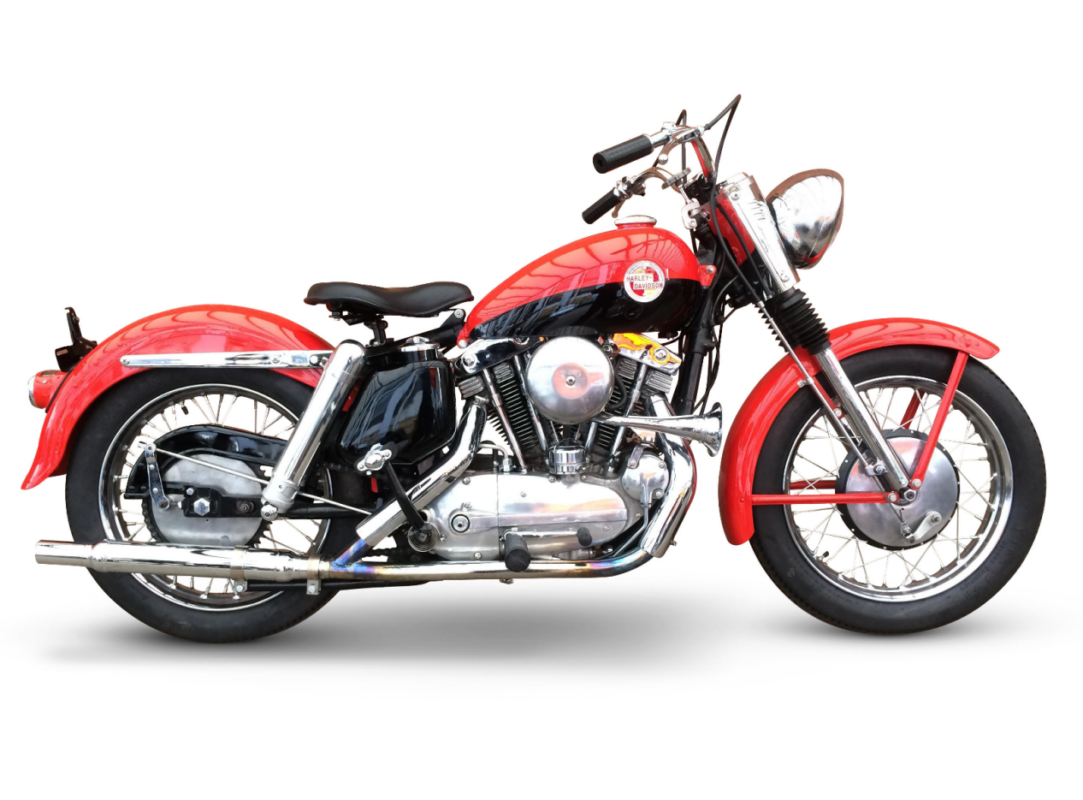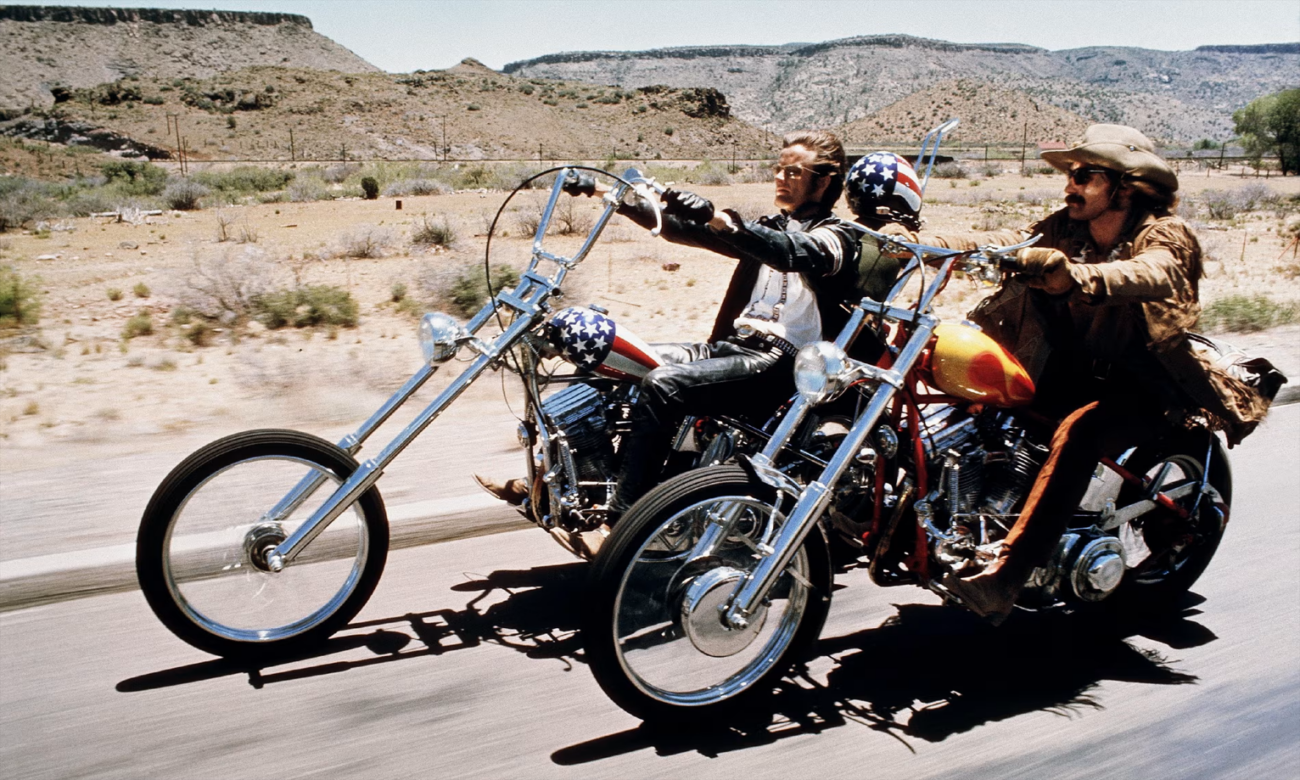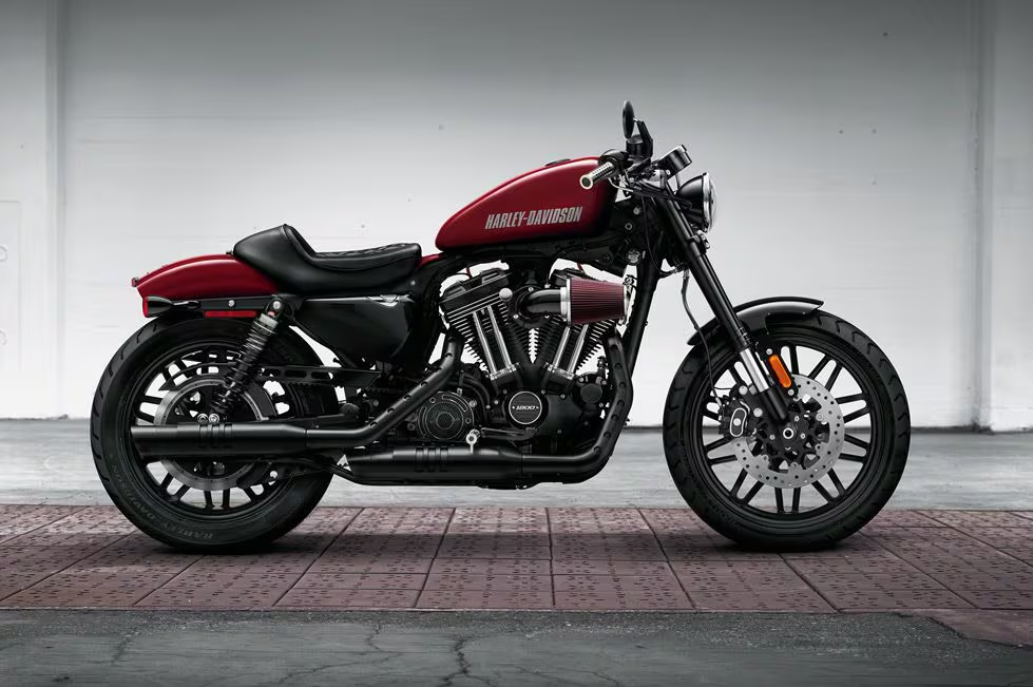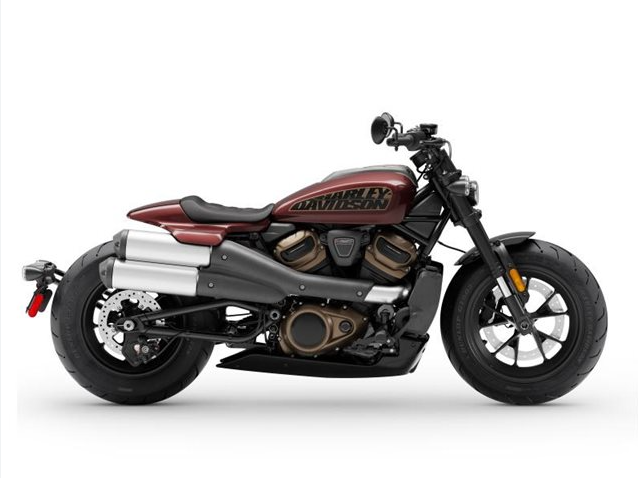Introduction
As the definitive American motorcycle manufacturer, Harley-Davidson has crafted an enduring legacy with its Sportster series – a line that has captivated riders since its 1957 introduction. Combining timeless styling, the distinctive rumble of its V-Twin powerplant, and extraordinary customization potential, the Sportster has secured its place as one of motorcycling’s most beloved platforms.
This detailed examination traces the Sportster’s evolution within the American market, exploring pivotal model developments, significant engineering advancements in both engine and chassis design, and the vibrant aftermarket culture that transformed this motorcycle into a cultural phenomenon.
Part 1: Origins and Formative Years (1957-1985)
1957: Birth of the XL Sportster

Harley-Davidson revolutionized its lineup in 1957 with the debut of the XL Sportster, featuring:The all-new Ironhead overhead-valve (OHV) engine, initially displacing 883cc (with 900cc versions following).
A remarkably lightweight chassis that outperformed its predecessor, the K Model. Market positioning as a genuine “sport motorcycle” to challenge popular British imports like Triumph andBSA
Technical Highlights:
- Ironhead Powerplant: The overhead-valve configuration delivered impressive low-end torque, though with noticeable vibration – a characteristic that became part of its charm
- Frame Development: Contrary to popular belief, the original Sportster featured swingarm rear suspension rather than a true hardtail design. The 1961 upgrade to hydraulic damping improved comfort while maintaining structural simplicity
- 4-Speed Transmission: While the long shifter throw drew some criticism, it complemented the engine’s low-RPM powerband perfectly for American highway cruising
The 1970s: Dawn of the Custom Era

This decade saw the Sportster emerge as the preferred foundation for customization, influenced by:
- Chopper Mania: Fueled by counterculture films like “Easy Rider,” builders adopted extreme geometries with raked-out forks and towering handlebars
- Flat Track Inspiration: Racers developed stripped-down, lightweight configurations for dirt track competition, removing anything non-essential
Part 2: The Evolution Revolution (1986-2003)
1986: Introduction of the Evolution Engine
The aluminum-headed Evolution powerplant marked a quantum leap forward, addressing the Ironhead’s limitations with:
Superior heat dissipation from its alloy construction
Enhanced reliability through modern electronics
The addition of a fifth gear in 1991 for more relaxed highway cruising
1990s:Sportster Expansion of the Lineup
Harley diversified the Sportster range to appeal to broader demographics:
- 883 Hugger: With a lowered seat height, this model welcomed new riders
- 1200S: The performance variant delivered stronger acceleration (though with more pronounced vibration at higher RPMs)
- Custom: Chrome-laden styling catered to traditionalists seeking classic Harley aesthetics
Customization Trends:
Café racer transformations featuring abbreviated bodywork and solo seating
Performance exhaust systems from specialists like Vance & Hines and Two Brothers
Part 3: The Modern Era (2004-Present)
2004: Refined Ergonomics
The introduction of rubber-isolated footpegs and handlebars significantly reduced vibration transmission, making long-distance riding more comfortable.
2007: Fuel Injection Implementation
Electronic Fuel Injection (EFI) brought improved throttle response and emissions compliance with EPA regulations.
2016: Sportster Roadster

While retaining the air-cooled Evolution engine (unlike the liquid-cooled Revolution X powering the Street models), this iteration maintained the traditional V-Twin character purists cherished.
2021: The Game-Changing Sportster S

This radical redesign introduced:
- The potent 1250cc Revolution Max engine (producing 121 SAE-certified horsepower)
- Advanced electronics including a full-color TFT display with multiple ride modes
- Premium Brembo braking components and a lighter, more agile chassis
Part 4: The American Customization Phenomenon
The Sportster’s enduring popularity stems from its unparalleled adaptability for:
- Performance Enhancements: Companies like S&S Cycle offer extensive engine upgrades
- Styling Transformations: From minimalist bobbers to radical choppers
- Technology Integration: Modern lighting solutions and instrumentation upgrades
Conclusion
Through six remarkable decades of continuous development – from the raw Ironhead originals to the high-tech Revolution Max models – the Sportster has remained true to its essence while evolving with the times. While Harley-Davidson’s LiveWire initiative points toward an electric future, the traditional air-cooled Sportster continues to embody the soul of American motorcycling. More than mere transportation, it represents a lifestyle and community that transcends generations. As the Sportster story continues to unfold, its status as an automotive icon remains unshakable.

